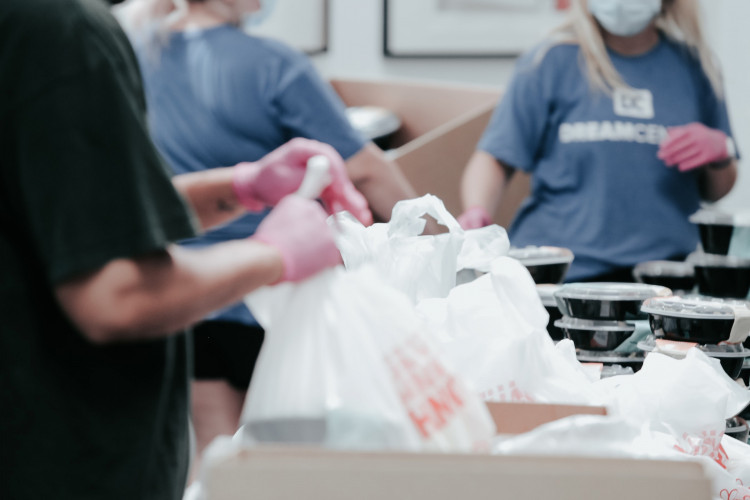There have been official announcements from a number of US states that they will provide additional Supplemental Nutrition Assistance Program (SNAP) benefits to qualified families.
In an effort to help low-income families, the states will distribute these emergency allotments to households who qualify for the additional food stamps starting next month. This aid is meant to support families who are struggling to make ends meet due to job loss or reduced hours as a result of the COVID-19 outbreak.
Texas Governor Greg Abbott declared earlier this month that the state would offer more than $305.5 million in food assistance to 1.5 million Texas households in August. "It is imperative that every family across our state has access to nutritious food," Governor Abbott said
"Through the extension of emergency SNAP benefits and the work of HHSC, we are ensuring Texans have the resources they need to stay healthy," he added.
Texas, however, is not one of the states that have made a formal announcement about offering more food stamps in September.
Alabama, District of Columbia, Hawaii, Maine, New Jersey, New Hampshire, North Carolina, Oregon, Pennsylvania, Rhode Island, South Carolina, Virginia, Washington, West Virginia, and Wisconsin are among the 15 states that have already agreed to provide financial assistance to households.
Despite the fact that some states have not yet made an official declaration, it is anticipated that they will provide SNAP Emergency Allotments to their residents who have struggled as a result of the recent increase in gas and grocery prices.
Although each state has set forth its own requirements, if you have previously been a food stamp recipient, you may be immediately eligible for additional financial aid. Any food can be purchased with food stamps, including fruits, vegetables, dairy products, meat, chicken, fish, pieces of bread, cereals, snack foods, and non-alcoholic drinks.
Residents of the U.S. Virgin Islands can receive up to $1,074 in SNAP benefits this year. During this time, the minimum benefit for the 48 states and DC will increase by up to $20. It will also be raised in the US, the Caribbean Islands, Guam, and Alaska.
Between 2021 and 2022, SNAP payments grew in response to a variety of financial challenges, including the pandemic, inflation, and rising gas prices. Families of four in the 48 states, including Washington, D.C., will receive $835 in early 2022, which is the maximum amount of SNAP payments.






